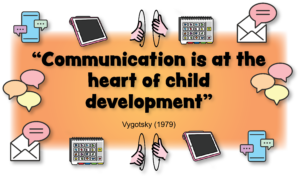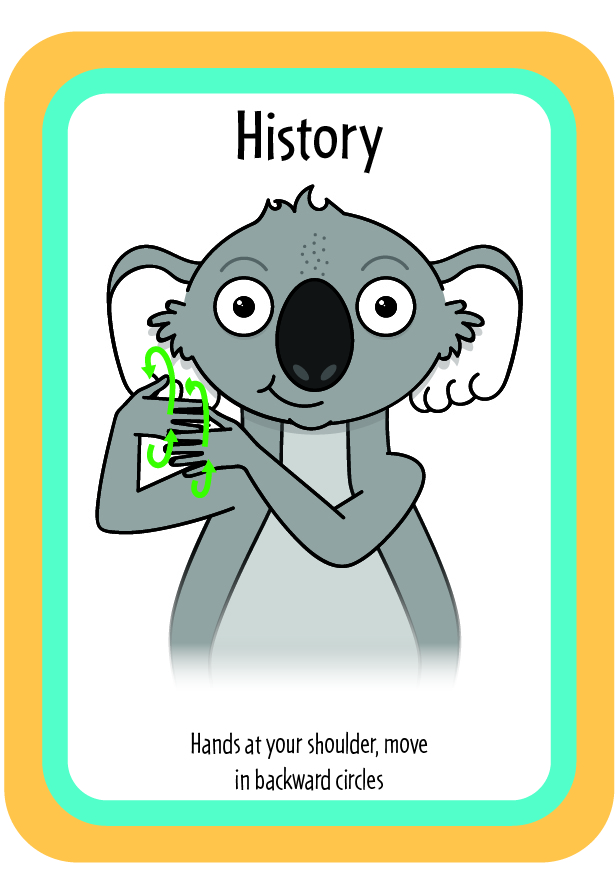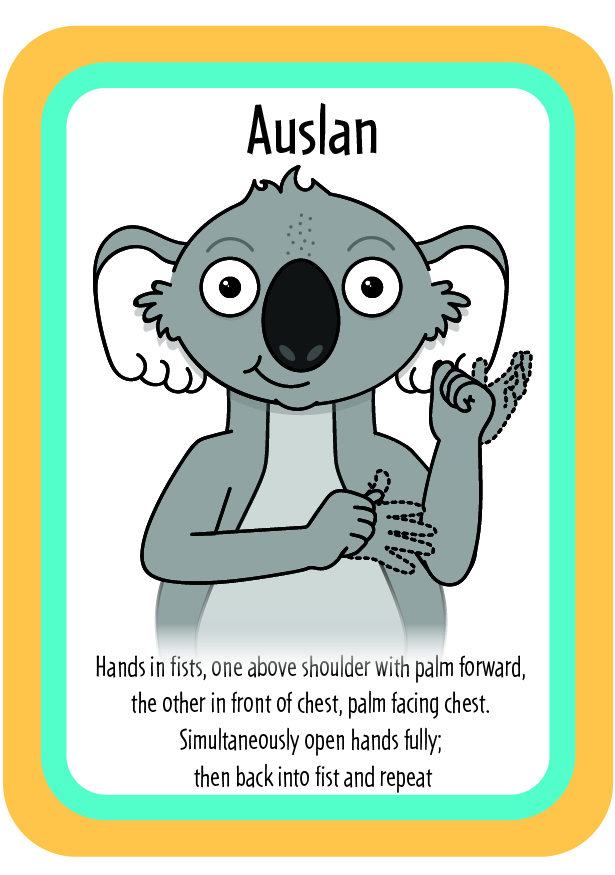Key Word Sign – What is it?
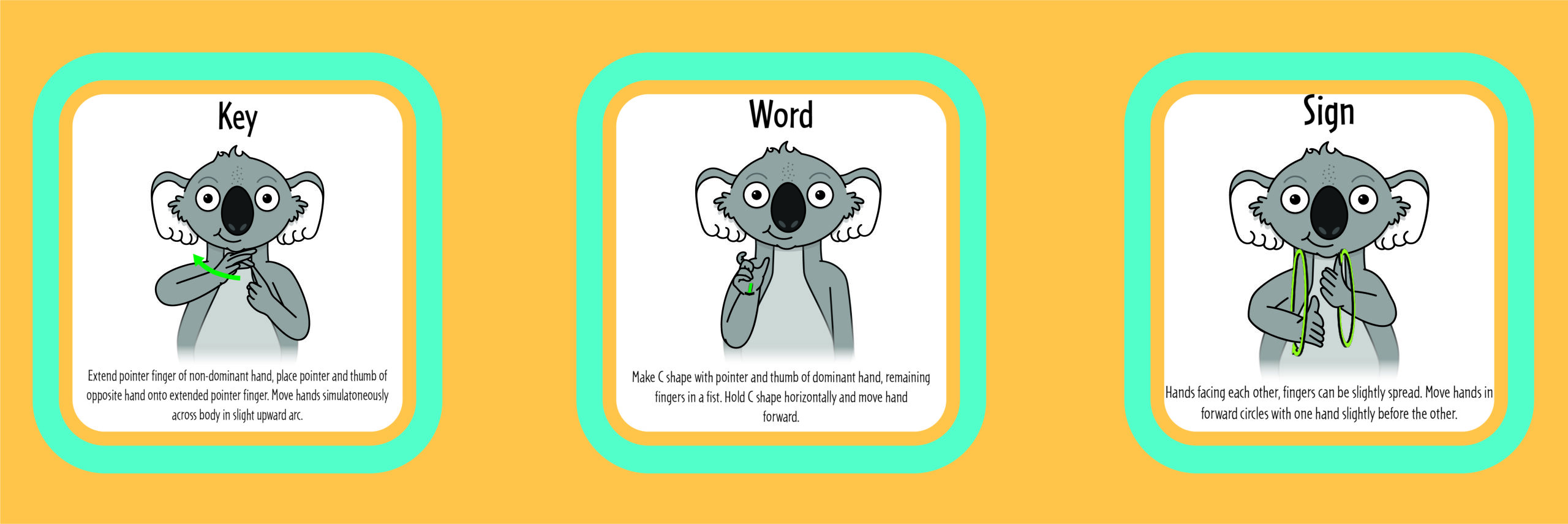
What is Key Word Sign?
The History of Key Word Sign
“Wherever there are children there is Children’s Key Word Sign“
Mission of Sunshine Sign and Sing
What are the Differences Between Auslan and Key Word Sign?
Who is Key Word Sign for?
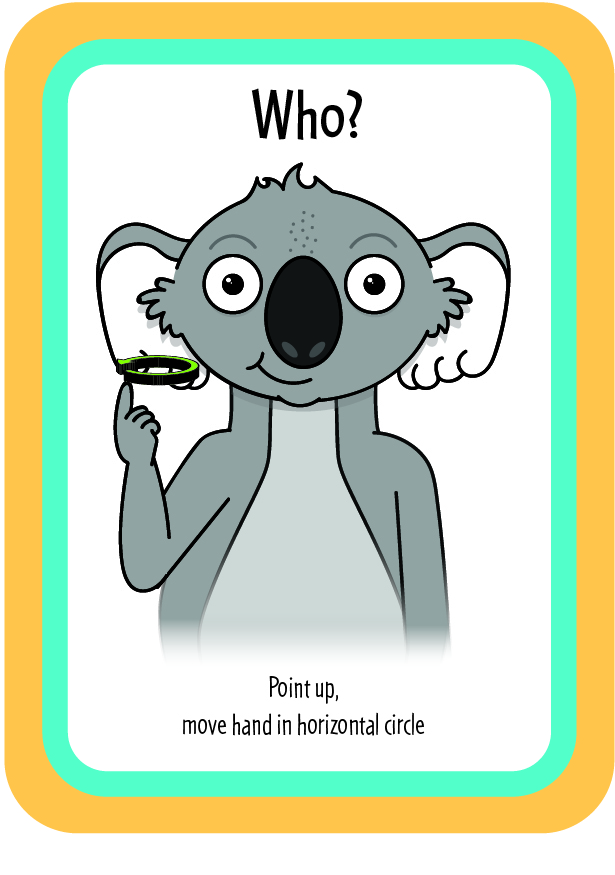
Makaton, from which Key Word Sign (KWS) evolved, was originally developed for those with disabilities.
However, it’s benefits for others as a communication aid, particularly children, are widely known.
Further a number of other benefits have been discovered from the use of sign, including learning of the alphabet, literacy, learning a second language and learning mathematical concepts.
In the U.K. and U.S. simplified signing is popular among many baby groups and likewise many Early Learning Services have also found the benefits of using this simple and effective tool.
At Sunshine Sign and Sing we believe that more children could benefit from Key Word sSgn (KWS) being used across Australia.
Pre-verbal infants, toddlers, Neurodiverse children, children with English as a second language, children with anxiety and neurotypical children can all benefit from this amazing communication tool.
Further, this inclusive tool ensures that even if you or your family do not have communication difficulties you will be able to communicate with those that may require KWS as their main form of communication.
Sunshine Sign and Sing has made it our mission to normalise the use of signing for all children by providing access to this inclusive communication tool with fun, simple resources and professional development for educators, occupational therapists, music therapists and many other professions that work with children. For more information about our professional development opportunities please contact us.
Why Should Key Word Sign Be Used With Children?
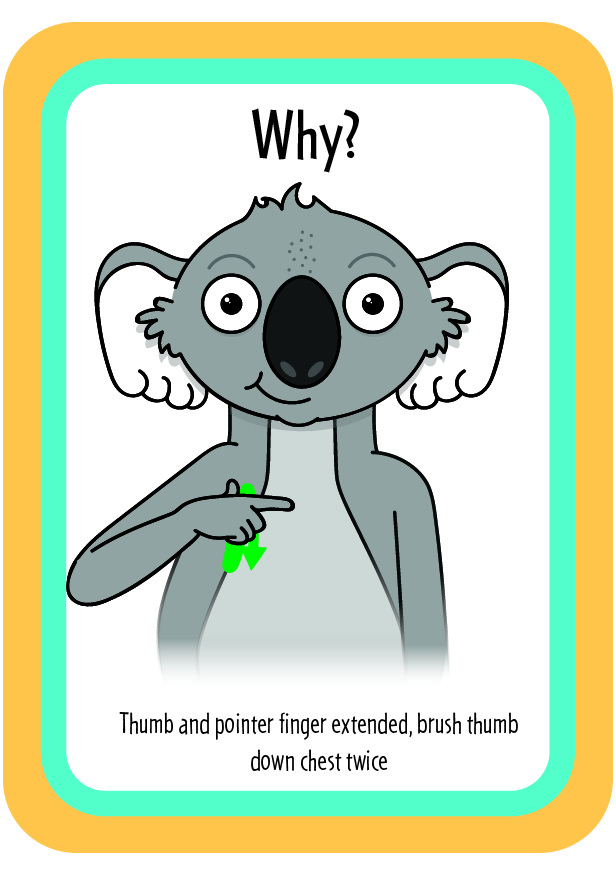
Hopefully by now you are like us and already excited by the prospect of children communicating more effectively but just to make sure here are some more benefits.
With babies & toddlers, learning key word sign (KWS) can help learn spoken language quicker and easier.
It helps to:
- slow speech, making it easier for the child to pick out individual words
- helps to match the word to the object
- increase bonding between carer and child
- release oxytocin – the bodies natural ‘happy drug’
- reduce frustration and meltdowns
- increase self esteem and confidence
- encourage imitation and comprehension as the sign can be held
- give a broader ability to communicate as it uses vocal and visual tools
For benefits in an Early Learning Setting please click here to visit our Early Learning page which goes through the extensive research of key word sign and baby sign.
With older children it can help:
- emotion regulation
- organising their thoughts
- being able to orate what they want to say
- overcoming physical communication barriers
- overcoming mental communication barriers
- feeling included, understood and listened to
- validating their point of view, needs, wants and wishes
- assist with mental rotation
- assist with learning of the alphabet and spelling
- learn mathematical Concepts
- learn a Second Language
When Should I Start Using Key Word Sign?
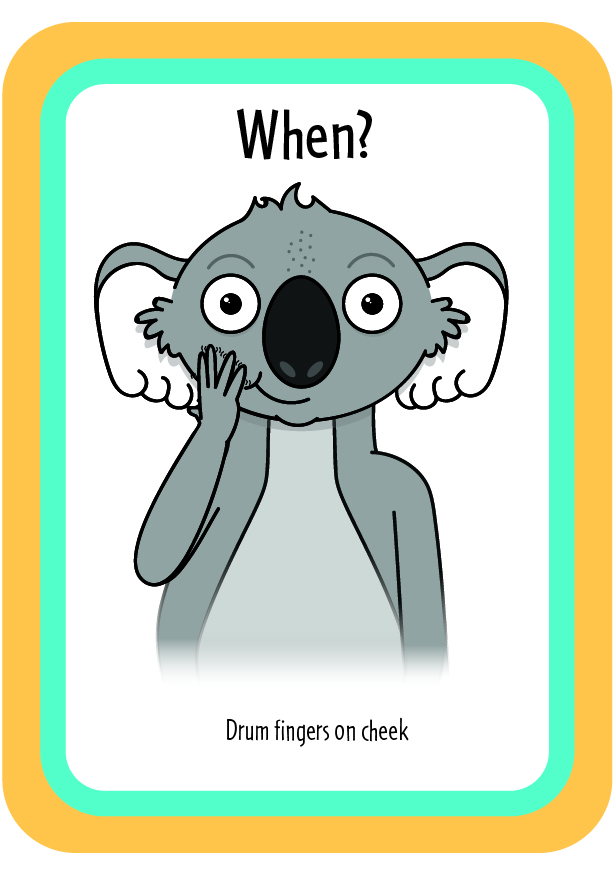
You can start now! Whether you are a new parent, your child has had a recent diagnosis, an Educator or other Professional, or you have only just heard about key word sign we recommend you start as soon as possible.
The research has shown there are no negatives to signing with your child and as well as a fantastic communication tool it is great for bonding too WIN WIN!
We have a number of free online resources, or you could head to our shop to buy some resources for your home.
If you want to discuss what else we can offer you please contact us today.
How Do I Start To Use Signing With Children?
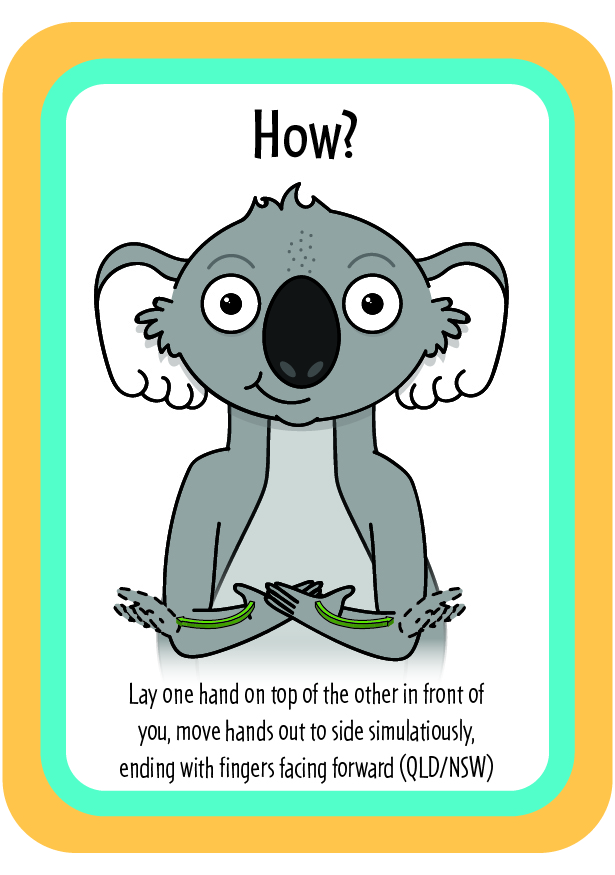
How to sign
In signing you lead with your dominant hand, it is like your pen and your non-dominant hand is your paper. If it is a one handed sign you will use your dominant hand, if it is a two handed sign and one hand is static, your dominant hand will move with your non-dominant remaining static or less active.
The characters on our website and products are right handed, so check which hand is performing what action. If you are still struggling with working out how to do the sign break it down to it’s components often known by the acronym HOLME:
Hand shape
Orientation
Location
Movement
Expression
For more information on HOLME please click here.
How to Introduce the Signs
Start with a few simple signs, ones that are exciting to the child, like milk for a baby or a family pet. This provides children an incentive for wanting to learn key word sign to communication. Further incorporating it into your daily routine and play, is one of the best ways children can learn.
Experts have recommended that you start with between 10-12 signs, therefore we created a free resource to get you started, this free poster contains 12 key word signs that are useful to implement into your routine. To get yor copy click here.
Use signing alongside music, nursery rhymes are simple and repetitive, this creates a perfect setting for learning signs and can add extra fun and understanding to a song. Please see our free resources or nursery rhyme book for recommended songs.
Initially, you may start with just one or two signed word per sentence, for example:
“Let’s go see the cow in the field,”
you may only initially sign “see” and “cow”
However, as the child’s comprehension of signs increases you may sign “go”, “see”, “cow” and “field”.
Use key word sign (KWS) books and flashcards to incorporate it into your every day. The best way for you to get the most out of this amazing communication tool is to make it part of your life, get into a good routine of using it and you will find it not only easy but life changing.
When your Child Signs
When your child starts to sign back don’t worry about the accuracy of the signs. The limited dexterity and fine motor skills of a young child will mean their first signs are unlikely to be accurate, the main thing is that you and your child’s communication partners know what the signs mean.
Accuracy can be worked upon in the future if Key Word Sign becomes a long term communication tool.
If you have started signing with your baby, their hand dominance doesn’t start to show until they are around 2 so before then they will mix it up and use whichever feels more comfortable at the time. So please don’t worry about what hand they are using, the main goal is for your child to communicate and be understood.
We are passionate about child communication and communication in general. Please contact us for any further information or questions.
Click here for: Why should your Early Learning Service use Key Word Sign?
References
https://www.deafblindinformation.org.au/living-with-deafblindness/deafblind-communication/key-word-sign/ [accessed 2 July 2021]
History – The Makaton Charity [accessed 08 July 2021]
Key Word Sign and autism | Raising Children Network [accessed 08 July 2021]
https://www.speechpathologyaustralia.org.au/SPAweb/Members/Clinical_Guidelines/spaweb/Members/Clinical_Guidelines/Clinical_Guidelines.aspx?hkey=f66634e4-825a-4f1a-910d-644553f59140 – clinic guidelines – Augumentative and Alternative Communication – page 10
Millar DC, Light JC, Schlosser RW. The impact of augmentative and alternative communication intervention on the speech production of individuals with developmental disabilities: a research review. J Speech Lang Hear Res. 2006 Apr;49(2):248-64. doi: 10.1044/1092-4388(2006/021). PMID: 16671842. [accessed 5 July 2021]. Previously seen in Dr Leigha Dark presentation “Key Word Sign Australia Presenter Traning 2016 Issues in Research”
Dimitrova N, Özçalışkan Ş, Adamson LB. Parents’ Translations of Child Gesture Facilitate Word Learning in Children with Autism, Down Syndrome and Typical Development. J Autism Dev Disord. 2016 Jan;46(1):221-231. doi: 10.1007/s10803-015-2566-7. Erratum in: J Autism Dev Disord. 2018 Feb;48(2):637. PMID: 26362150; PMCID: PMC4762014. [accessed 5 July 2021]
Sign language – Auslan – Better Health Channel [accessed 8 July 2021]
Broadley, Macdonald and Buckley 1995, Remington & Clarke 1996, Schweigert & Rowland 1998, Miller et al
https://kwsa.com.au/what-is-kws/ [accessed 5 July 2021]
https://www.scopeaust.org.au/wp-content/uploads/2015/02/The-Story-of-Key-Word-Sign-in-Australia.pdf [accessed 5 July 2021]
https://kwsa.com.au/what-is-kws/ [accessed 5 July 2021]
Dimitrova N, Özçalışkan Ş, Adamson LB. Parents’ Translations of Child Gesture Facilitate Word Learning in Children with Autism, Down Syndrome and Typical Development. J Autism Dev Disord. 2016 Jan;46(1):221-231. doi: 10.1007/s10803-015-2566-7. Erratum in: J Autism Dev Disord. 2018 Feb;48(2):637. PMID: 26362150; PMCID: PMC4762014. [accessed 5 July 2021]
Broadley, Macdonald and Buckley 1995, Remington & Clarke 1996, Schweigert & Rowland 1998, Miller et al
Millar DC, Light JC, Schlosser RW. The impact of augmentative and alternative communication intervention on the speech production of individuals with developmental disabilities: a research review. J Speech Lang Hear Res. 2006 Apr;49(2):248-64. doi: 10.1044/1092-4388(2006/021). PMID: 16671842.
Babysignstoo.com (2019). Language Development. [Online] Available at: https://babysignstoo.com/information/benefits (Accessed: 30 August 2019).
Corballis, M.C. (2002). From hand to mouth: The origins of language. Princeton, NJ: Princeton University Press.
Daneils, M. (2009). The effect of sign language on hearing children’s language development. Communication Education, 43:4. p.291-298.
Doherty-Sneddon, G. (2008) The great Baby Signing Debate. [Online] Available at: http://thepsychologist.bps.org.uk/volume-21/edition-4/great-baby-signing-debate (Accessed 30 August 2019).
Moore, B., Acredolo, L.P. & Goodwyn, S.W. (2001). Symbolic gesturing and joint attention. Paper presented at the Biennial Meetings of the Society for Research In Child Development, Minneapolis, MN.
Philips, M., L. (2002). Sign Language and the Brain. Available at: https://faculty.washington.edu/chudler/sign.html (Accessed 30 August 2019).
Vygotsky, L.S. (1978). Mind in society. Cambridge, MA: Harvard University Press.

